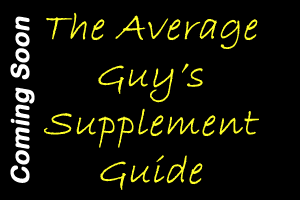Bringing up a lagging body part is something most people are concerned with at some point. The answer is all about the way you train. Here are some tips that will help you bring up lagging body parts.
Prioritize the order of your exercises
By putting weaker body parts towards the front of your workout you will be able to hit them harder. Your energy levels will be at their peak and that will enable you to increase the intensity.
Increase the number of times you train the body part
As mentioned in a previous article on the basics of biceps training, if you have a lagging body part try training it twice a week instead of the typical recommendation of once per week. This will enable you to build the muscle faster.
Use compound sets
A compound set is similar to a superset, but instead of using two exercises on two different muscle groups, you use two exercises for the same body part. You do them back to back without any rest. This is a technique for increasing intensity as well.
Use staggered sets
A staggered set is where you throw in an exercise for a lagging body part while you are supposed to be resting. Thus, if it is chest day and you want to increase the size of your biceps, do a biceps exercise in between your chest sets while you are supposed to be resting. This will also help with your conditioning.
Use much heavier weights than normal
Sometimes you just need to hammer the weak body part. Add some weight to the bar and lower the reps to 3 to 4. This will simply shock the hell out of the muscle and spur on growth.
By using these tips to bring up lagging body parts you will be amazed. Your training will start to show massive results as you reach new heights.






